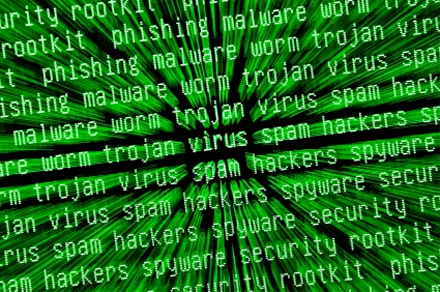Iran Feature: More Battles in Cyber-Space (Gheytanchi)
 Elham Gheytanchi of Santa Monica College writes for EA:
Elham Gheytanchi of Santa Monica College writes for EA:
In Iran, the women's movement and the Green Movement for civil and political rights have relied on the Internet and social media to organise, plan demonstrations, report arrests and disappearances to the outside world, and to communicate amongst themselves. The Internet and mobile technologies have become an indispensible part of these vibrant social movements, as they use non-violent tactics and strategies to send their message to others in Iranian society. Indeed to survive as social movements, they need to communicate privately, widely, safely, and quickly.
As with any authoritarian establishment, the Iranian state has waged a war in cyber-space to suppress dissident voices. Since June 2009, when millions poured into the streets to protest the controversial presidential election, Sepah, Iran's state-backed security force, has received more than $500 million for cyber-warfare, with Gerdab, Sepah’s website, boasting about its capabilities. Earlier this month, the Iranian authorities announced the launch of “halal Internet”, an Islamic internet to counter the influence of the World Wide Web.
And then there are the hackers used by the Iranian authorities. On 23 March, the Internet security company Comodo revealed it has been hacked by someone with an Iranian IP address who had obtained nine SSL certificates. It assured the public that certificates were revoked in a matter of hours, making it impossible for the hacker to set up fake sites, drawing traffic and thereby accessing users' information.
Within a week, however, someone using the name “Comodohacker” started posting comments on pastebin.com, and identifying him/herself as a 21 year-old student. The hacker claimed to be retaliating against the Stuxnet worm, allegedly unleashed by the US and Israel to sabotage Iran's nuclear programme, and boasted that he/she was able to do much more to strike back.
Comodo cannot, with certainty, confirm the identity of the hacker or whether or not the Iranian regime was behind this attack. But the pattern through which the hacker carried out the attack matches that of Iranian cyber-warriors, attempting to create a dummy site/movement/organisation (like Government-run NGOs) to attract potential sympathisers (dissenters). The state authorities then identify the activists/potential sympathizers, imprison them and ultimately suppress their voices.
Many activists, in Iran, connect to social network sites such as Balatarin via VPN (circumvention tool). If the ‘Comodohacker’ able to steal SSL certificates and create dummy sites, the hacker(s) could tap into activists’ virtual networks and potentially render VPNs ineffective. Such a scenario, could cut communication among activists and block their access to opposition sites/social networks based outside of Iran. A fake SSL certificate for a few hours might not be a threat, but it signals intent to create a fake site or a server that can reroute traffic monitored closely by the hacker.
Arrests that might result from this surveillance are a damaging outcome, but even before those detentions, the cyber-war wins by instilling fear in people, a very efficient way to suppress existing as well as potential dissenting voices in Iranian society. An attack such as the one carried out by the Comodohacker can easily scare activitists and the general population into further self-censorship themselves because of concerns of state prosecution. Once fear is internalized and the cyber-attack is talked about as a malicious and omnipotent force, the momentum for social movements may decline significantly.
Without the ability to communicate safely and securely, the activists risk detention and social movements risk total suppression. Planning of demonstrations, boycotts, reporting of abuses to the outside world, and development of world-wide campaigns for human rights and women’s rights will not be possible in Iran without secure and speedy communication via the Internet, social networking sites, and mobile platforms.
The Comodohacker's boasting remarks are emblematic of the Iranian state’s strategy to break dissent: they exaggerate their action to create fear and pose threats to achieve their goals in the most efficient manner. He and they wish to shatter resilience in the face of suppression.
 Comodo,
Comodo,  Comodohacker,
Comodohacker,  Elham Gheytanchi,
Elham Gheytanchi,  Gerdab,
Gerdab,  Sepah,
Sepah,  Stuxnet
Stuxnet 
Reader Comments